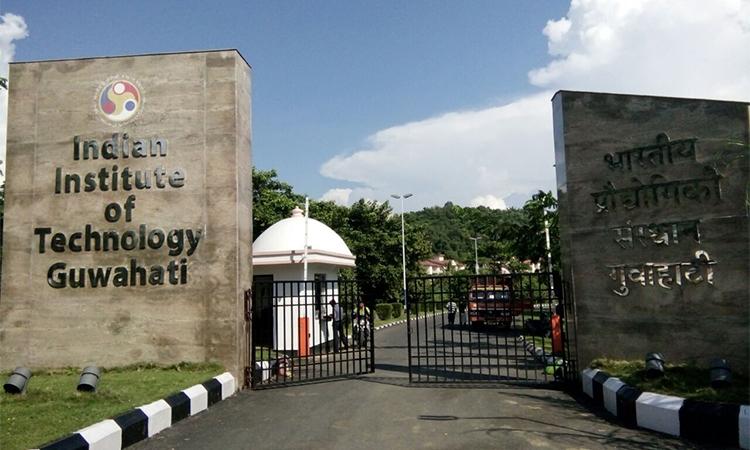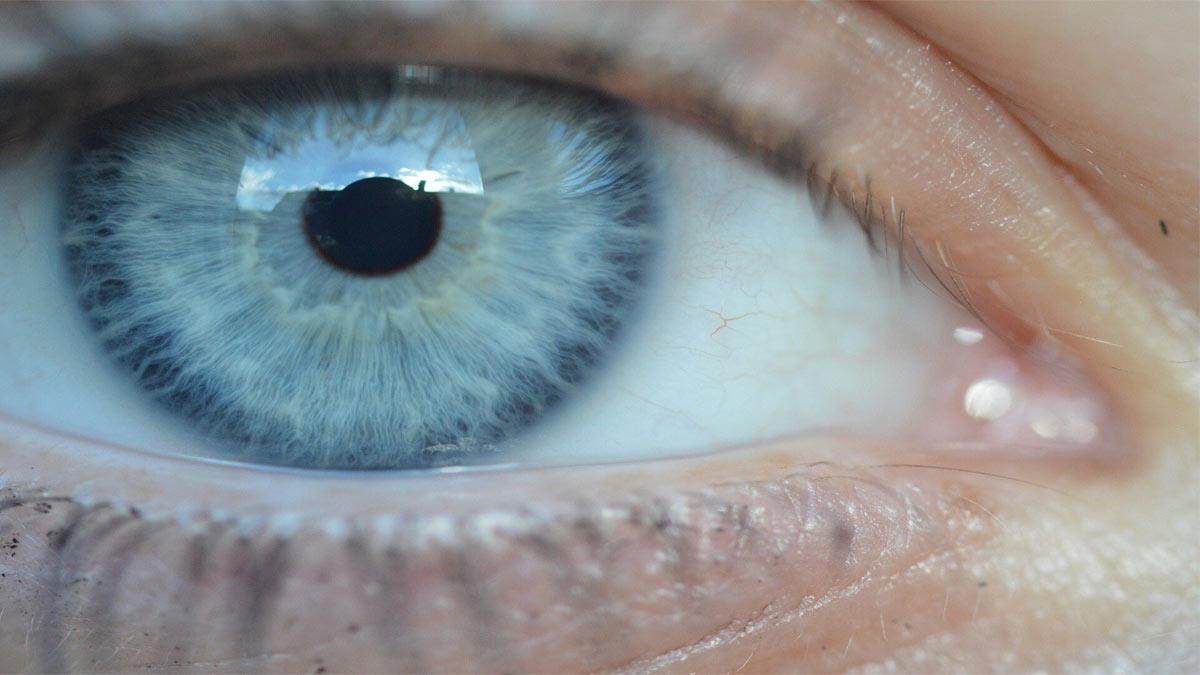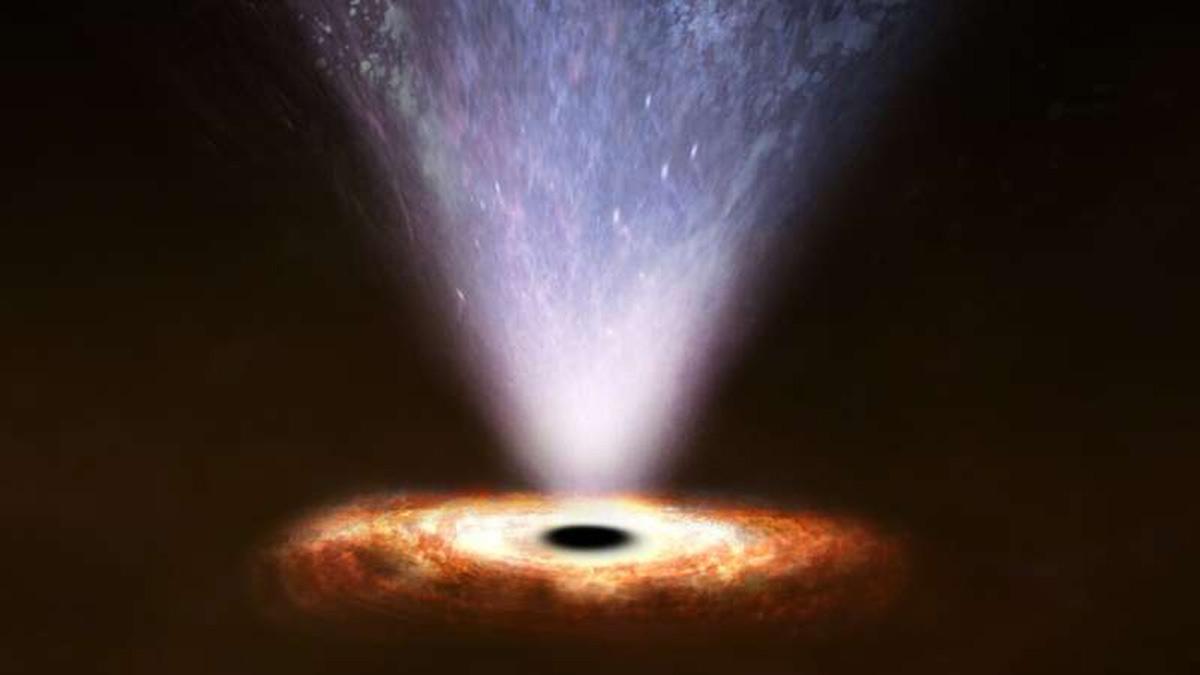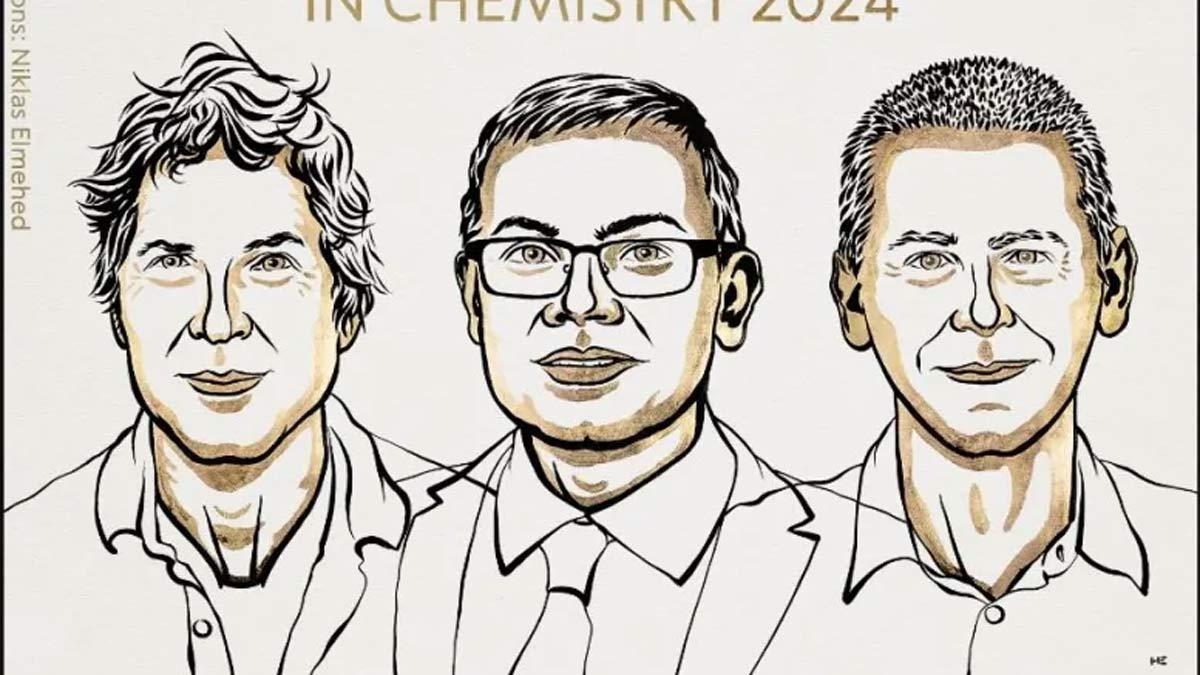Researchers at the Indian Institute of Technology Guwahati (IIT-G) are developing novel materials that can use sunlight to split water into hydrogen and oxygen. The materials are much cheaper than the currently used 'noble metals', leading to cost-effective solar-powered hydrogen generators as well as also pave the way to a carbon-free hydrogen economy.
While the commonly known 'solar cells' convert light directly into electrical energy, there is another type of sunlight-powered energy conversion system called 'PhotoElectroChemical' (PEC) cells that have elicited attention in recent times due to their direct production of fuels in combination of electrical energy.
PEC cells use solar energy to split simple and safe compounds such as water into hydrogen and oxygen, hydrogen being a high-energy fuel that can be stored and used as needed.
Also read| Research shows how plastics threaten marine biodiversity
"Despite the promise, PEC cells are not yet a practical solution to the energy crisis because of the scientific bottlenecks such as the sluggishness of the water-oxidation process. Catalysts are used to activate the water-splitting process but these catalysts are expensive metals such as platinum, iridium and ruthenium, among others, which render the cells impractical," said Mohammad Qureshi, Professor, Department of Chemistry at IIT-G, in a statement.
The team at IIT Guwahati has developed non-noble metal catalysts that are as good as the expensive metals in splitting water in PEC cells.
They published their findings in the Journal of Physical Chemistry Letters.
"We have developed a ternary catalyst that comprises cobalt-tin layered-double hydroxides (LDH) and bismuth vanadate, which forms a p-n junction semiconductor with graphene bridges, and have shown that the catalyst, when used as a photoanode, is able to split water easily to produce hydrogen and oxygen," Qureshi said.
Also read| A simple blood test may spot early signs of dementia


















